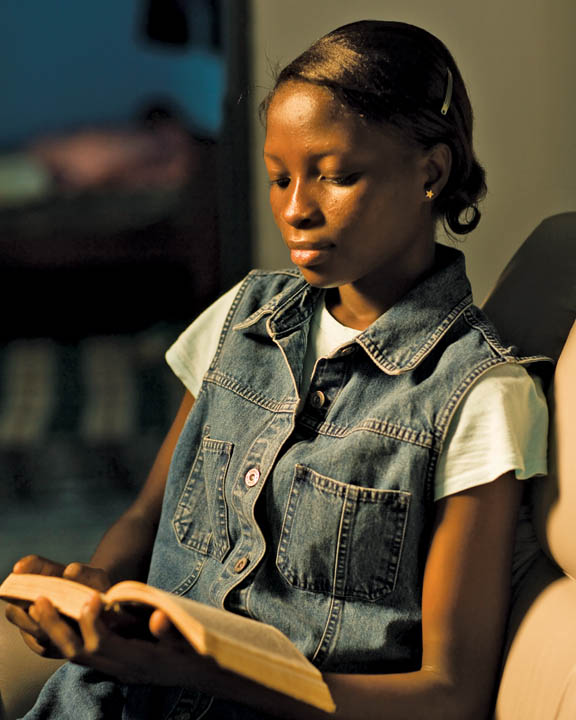Mormon women hold a variety of roles in both the church and in the home. Mormons are fairly traditional about home roles, so many women are homemakers, although it is not required. The church teaches that women have the primary responsibility for the home, but that men are expected to assist, since it is too much work for one person.
 At Church, Mormon women have opportunities not available to many women. In most churches, only the pastor is allowed to offer prayers and give sermons. If their church does not allow women into the ministry, their women have no opportunities to do this. If they do, only those women (and men) who choose the ministry as a career are permitted to do so.
At Church, Mormon women have opportunities not available to many women. In most churches, only the pastor is allowed to offer prayers and give sermons. If their church does not allow women into the ministry, their women have no opportunities to do this. If they do, only those women (and men) who choose the ministry as a career are permitted to do so.
Mormons, however, have a lay church. Since the bishop (the lay pastor) is likely to have a full-time position and a family, he is not expected to give a sermon each week. Instead, members are invited from the congregation to prepare and give brief sermons. Teens ages twelve and older speak for five minutes and adults speak for ten to fifteen minutes, depending on the number of speakers. Both men and women have this opportunity and most speak about once a year. The opening and closing prayers are also given by members of the congregation and those who come to church early, male and female, usually have many opportunities to pray, since invitations are normally extended shortly before the start of the service. This gives them opportunities very few lay people have.
Although only men hold the priesthood, women have many opportunities to serve at all levels of church leadership. It should be noted that priesthood is not about power in the worldly sense. It is a service calling and is only one of many ways to serve. No Mormon ever lacks for opportunities to serve God or others. A priesthood holder cannot do things of his own will—he can act only in God’s name doing what God tells him to do. A bishop, for instance, is not creating doctrine. He is overseeing the work of the congregation and teaching the doctrine of the Savior, not his own.
Mormon women ages eighteen and older belong to the Relief Society. It is one of the oldest women’s organizations in the church. It is led entirely by women under the direction of the priesthood. When asked how he handled the women of the church, a recent prophet named Gordon B. Hinckley said he stays out of their way so they can do the good they do. The international head of this organization, always a woman, leads more people than any CEO. She travels the world and develops policies, practices, educational programs, and social service needs. In years past, the Relief Society has led a major wheat program that eventually provided wheat to the United States during war shortages. They have run hospitals and nursing programs. Their work in the earlier days in areas of health care, adoption, and pregnancy concerns was the model for today’s more broadly run social services program.
The women of the Relief Society also run a literacy program. It is a model program designed so that students in the program can eventually become teachers in it. The program serves both men and women. A woman must serve as the literacy leader, although men are permitted to teach in it under her direction.
In the same vein, men may serve in the Primary children’s organization and in Cub Scouts, but only women may lead. Only women can serve in the program for teen girls, just as only men serve in the program for teen boys. Men may not serve in the Relief Society except as literacy teachers, as noted above. So, while it is often mentioned that there are positions Mormon women may not hold, it is also true there are positions men may not hold as well.
Because the Mormons have a lay church and many, many programs, there is never a shortage of work to be done—and women are doing a great deal of essential work that has been known to change the world, for both Mormons and non-Mormons.
Learn More
Sheri Dew (Former international Relief Society leader and now CEO)
Bathsheba W. Smith (Mormon leader who oversaw the wheat and social service programs)
